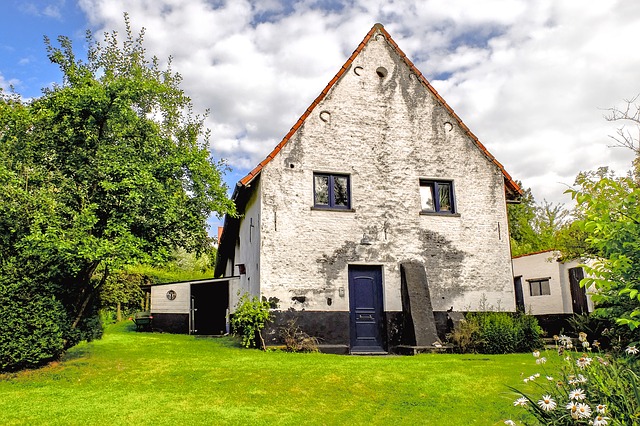Introduction
In the real estate industry, the term “str” is commonly used as an abbreviation for “street.” It is often seen in property listings, addresses, and other real estate documentation. Understanding what “str” means in real estate is essential for both professionals and individuals looking to buy or sell properties.
What Does “Str” Mean in Real Estate?
In real estate, “str” is an abbreviation for “street.” It is used to indicate the location of a property, specifically the name of the road or street on which it is situated. For example, if an address reads “123 Main Str,” it means the property is located on Main Street.
The use of abbreviations in real estate is common to save space and make addresses more concise. Other common abbreviations include “Ave” for avenue, “Blvd” for boulevard, and “Rd” for road. These abbreviations are widely recognized and understood within the real estate industry.
Why Are Abbreviations Used in Real Estate?
Abbreviations are used in real estate for several reasons. Firstly, they help save space, especially in property listings where every character counts. By using abbreviations, real estate professionals can provide all the necessary information within limited space.
Secondly, abbreviations make addresses easier to read and understand. They provide a standardized format that is widely recognized and familiar to both professionals and individuals in the real estate market. Using abbreviations ensures consistency and clarity in property addresses.
Lastly, abbreviations help streamline communication and documentation within the real estate industry. By using standardized abbreviations, there is less room for confusion or misinterpretation of property addresses. This is particularly important when dealing with legal documents, contracts, and official records.
Common Real Estate Abbreviations
While “str” is a common abbreviation for “street,” there are several other abbreviations used in real estate. Here are some of the most common ones:
– “Ave” for avenue
– “Blvd” for boulevard
– “Rd” for road
– “Ln” for lane
– “Ct” for court
– “Dr” for drive
– “St” for street
– “Pl” for place
These abbreviations are widely recognized and used across different real estate markets. It is important to familiarize yourself with these abbreviations to understand property addresses and communicate effectively within the industry.
Conclusion
In the realm of real estate, the abbreviation “str” stands for “street.” It is commonly used to indicate the location of a property and is one of many abbreviations used in property addresses. Understanding these abbreviations is crucial for professionals and individuals involved in the real estate market to ensure clear communication and accurate documentation.
References
– Realtor.com: www.realtor.com
– Zillow: www.zillow.com
– Redfin: www.redfin.com












